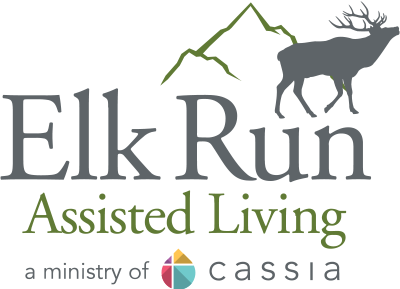The Cassia Life
By Jesse Watkins, Cassia’s own resident blogger
Nothing I can think of right now sounds better than a generous helping of hot roasted turkey. Imagining that it’s Thanksgiving Day, also on the dinner plate in front of me is wild rice dressing, mashed potatoes and gravy, green beans from a casserole, candied sweet potato, and of course in reserve is pumpkin pie with whipped cream. My, how conventional we can be.
However, I have an unconventional idea that I would like to lift up for your consideration. In the first place it’s well suited to men–there are trips to buy the needed ingredients, and outdoor cooking to be done. So why not let HIM prepare the Thanksgiving turkey this year? It’s roasting a turkey outdoors for Thanksgiving dinner, following a recipe that I helped develop and have used many times. I am nominating men because I think women usually have more of the kitchen work than men this time of year.
To begin, I recommend buying from a Lund’s or Byerly’s in the Twin Cities, or from another high quality supermarket elsewhere, a 12-pound turkey that’s never been frozen. It may be necessary to order the bird in advance since most turkeys in store meat departments nowadays are frozen. Never-frozen meat, in my view, simply tastes better.
Also you will need a covered outdoor grill, ideally the large Weber kettle grill that uses charcoal as fuel. Propane will do if that’s the system you have.
I like to figure two-thirds pound uncooked turkey per person, so a 12-pound bird will feed 18. If you want leftover turkey for soup or sandwiches, try one pound per person. For a very large crowd, cook two 12-pound birds.
Wash the turkey very well inside and out as it comes out of the package. Trim off any excess fat around its tail end. Cut off the outer boney sections of the wings and tie cotton string around the midsection of the bird, tying the wings flat against the sides of the breast. Overlap the ends of the legs and tie them overlapped. Be sure to use cotton string, not plastic or nylon. Torn off strips of clean cotton cloth suffice.
Do these things about an hour before you want to start cooking so the bird can warm up to room temperature before cooking begins. Starting warm rather than cold. The deep breast meat cooks in a shorter time, retaining more moisture. Remember, to light your charcoal well ahead so that you have plenty of heat as you start cooking—not too much, of course. If your cooking heat is medium to medium high, the peanut oil will brown the turkey nicely. Do not cover the bird itself inside the grill, such as with foil. Do, however, keep the grill top in place above the bird.
After basting with the peanut oil initially, salt and pepper the outside and the cavity well. Do not baste again. It will be necessary to add charcoal a time or two to keep the grilling heat up. Do not stuff the cavity of the bird with dressing. Heat needs to flow into the cavity so as to cook the breast meat both from the inside out as well as from the outside in. This way the cooking is quicker, encouraging moisture retention.
Insert a meat thermometer deep into the breast meat but not against bone. Final temperature reading of the meat needs to be 175 degrees F. Another way to tell if the bird is done is to gently raise the legs at the tie. If the legs snap and pop as if ready to break off, the meat is done.
The 12-pound bird will be done in two to 2½ hours.
I prefer to carve with a very sharp electric knife. Carve meat slices onto a warmed serving platter and serve immediately. The common error in cooking a turkey (and almost any meat) is to overcook it.
Visible free moisture in the meat does NOT mean it is undercooked. Almost no visible moisture in the meat does mean it is probably overcooked.
To sum up, paying close attention to details when using this turkey recipe pays off with great flavor. Enjoy!









